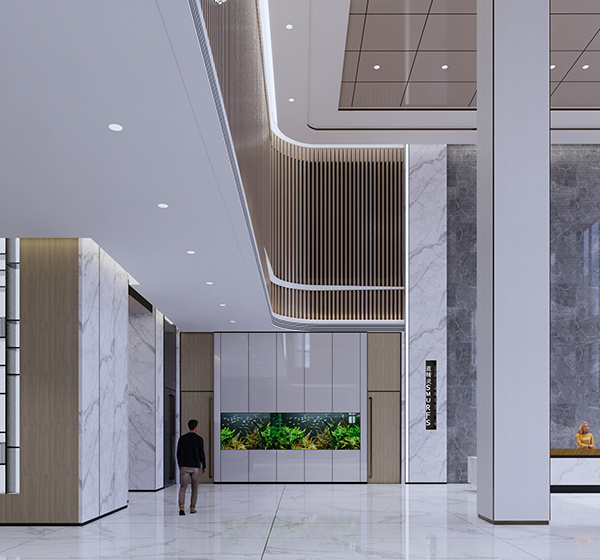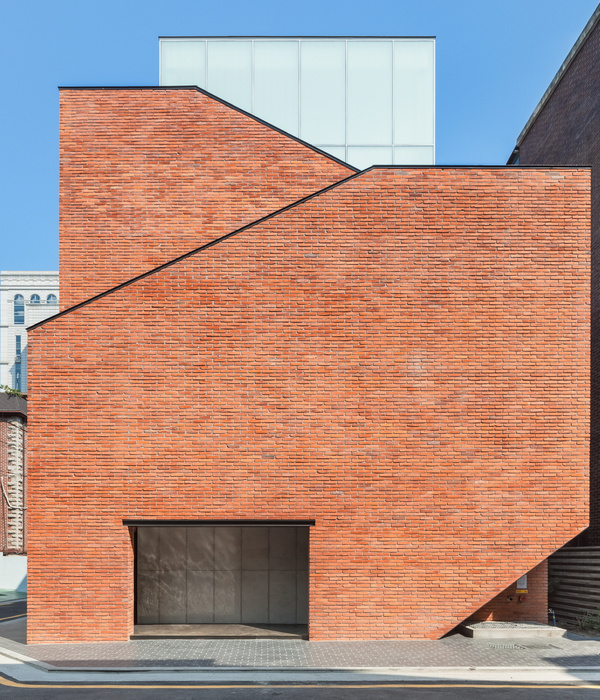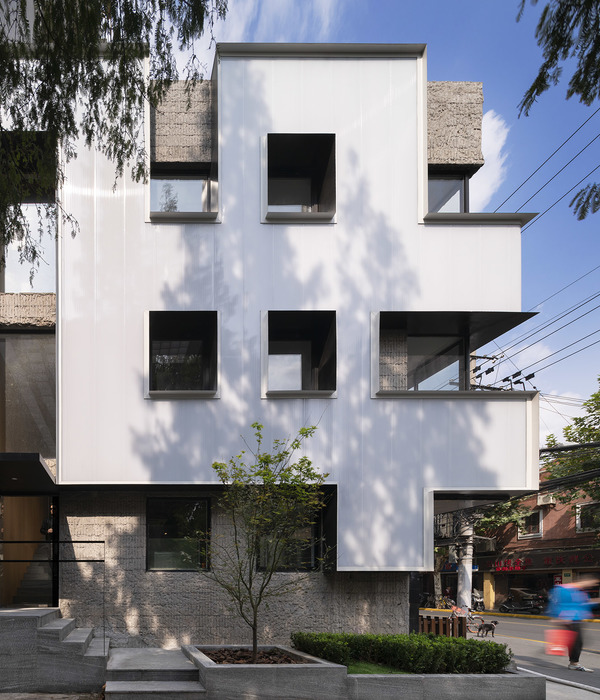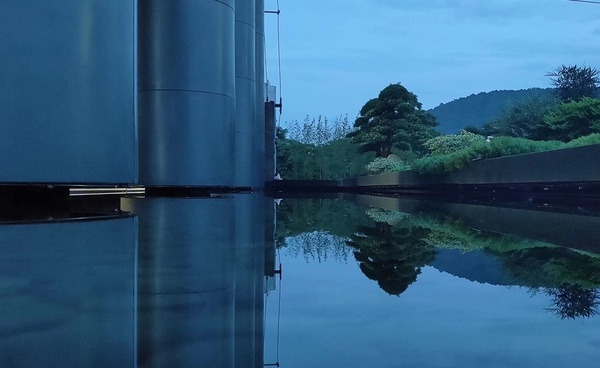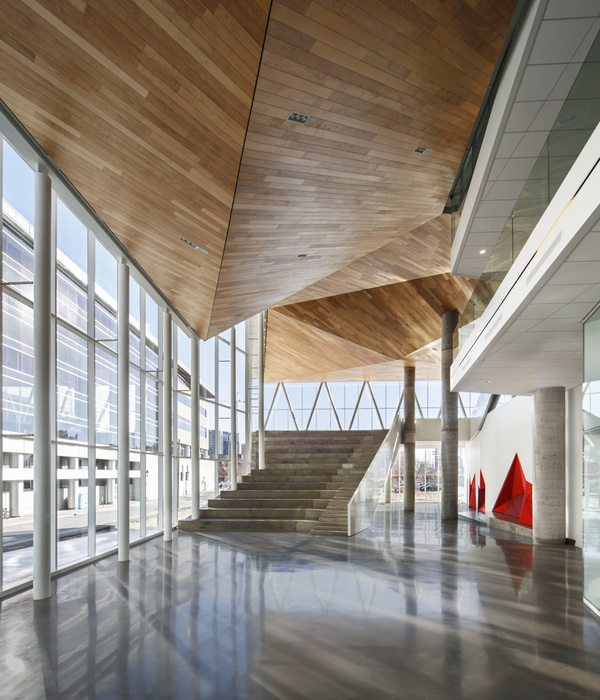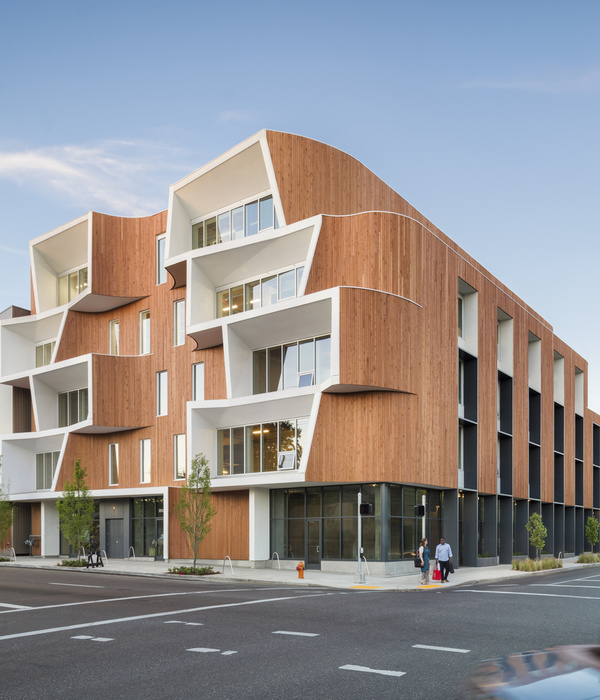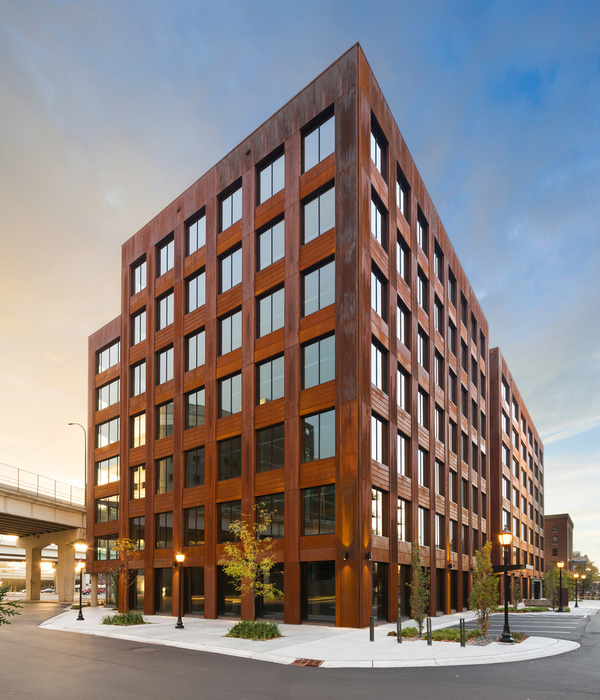, in collaboration with a large range of consultants, have restored an early 19th Century Georgian Colonial homestead in the Central Highlands of Tasmania now named, Hollow Tree House. The property historically referred to as ‘Strathborough’, now stands in all its former glory after a painstaking and sensitive restoration process. The building proudly celebrates the past while making room for the future, forming a delightful home for its new owners along with their contemporary indigenous art collection. A long investigation launched the project, where architects, owners, and builders worked collaboratively with the heritage consultant, Praxis Environment, to determine what aspects of the home needed to be stripped back to reveal historical features. Architects outline that later additions were removed, including the sunroom, verandah, and entrance portico in order to reflect the home’s original simple form. The roof was replaced with a galvanised corrugated metal edition that aligns with its existing form.
Core Collective explain their
. Therefore, original elements have been paired with new joinery insertions that speak with a contemporary voice. New wooden shelving units and deep green marble benchtops sit comfortably against original convict-sawn timber pieces, creating a welcoming, multi-layered space. The restoration of Hollow Tree House involved a range of traditional techniques and locally sourced and recycled materials.
Progress shots of the building by Adam Gibson who documented the renovation process. See more images in the gallery at the bottom of the article.
explain Core Collective Architects.
In the owners’ words,
Hollow Tree House has peeled back layers from the past, revealing a glorious historical artefact sitting in the isolation of Tasmania’s central highlands.
图片 ©
摄影 @
语言:English
阅读原文
{{item.text_origin}}

